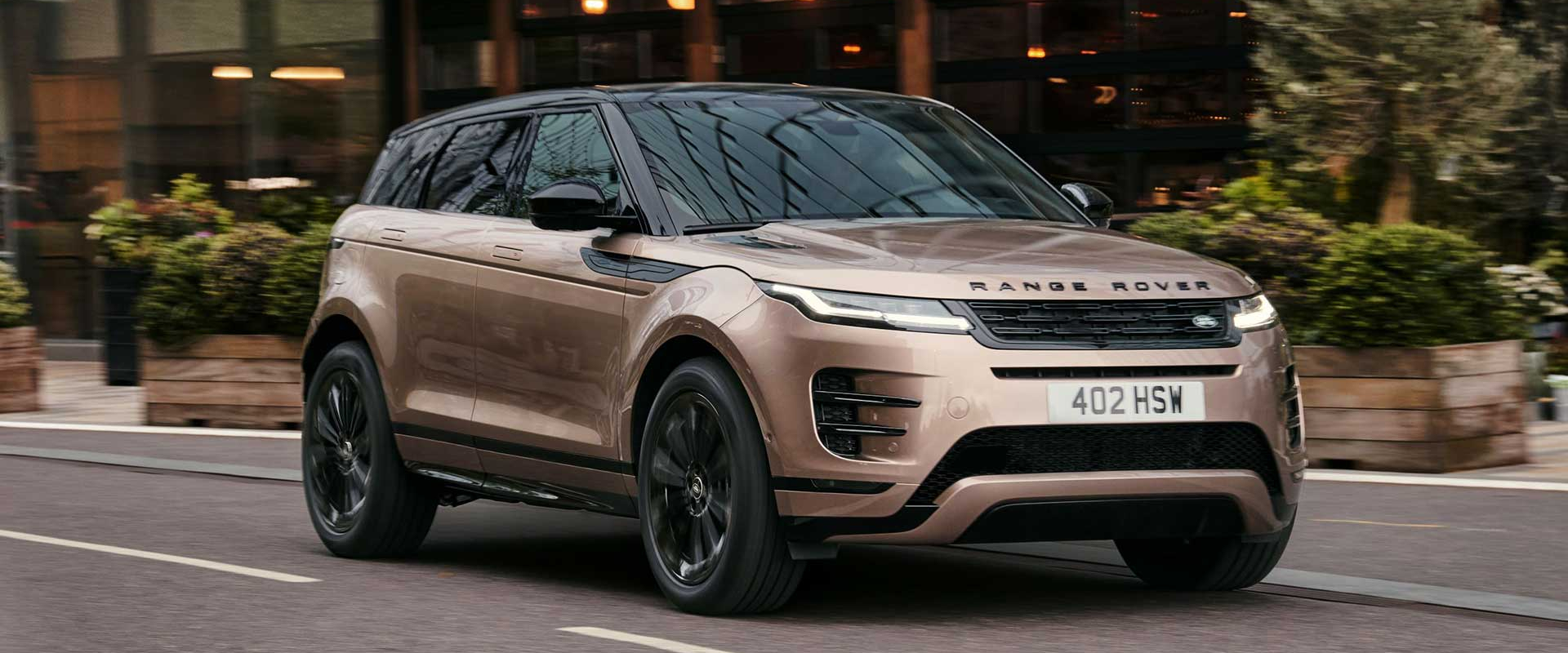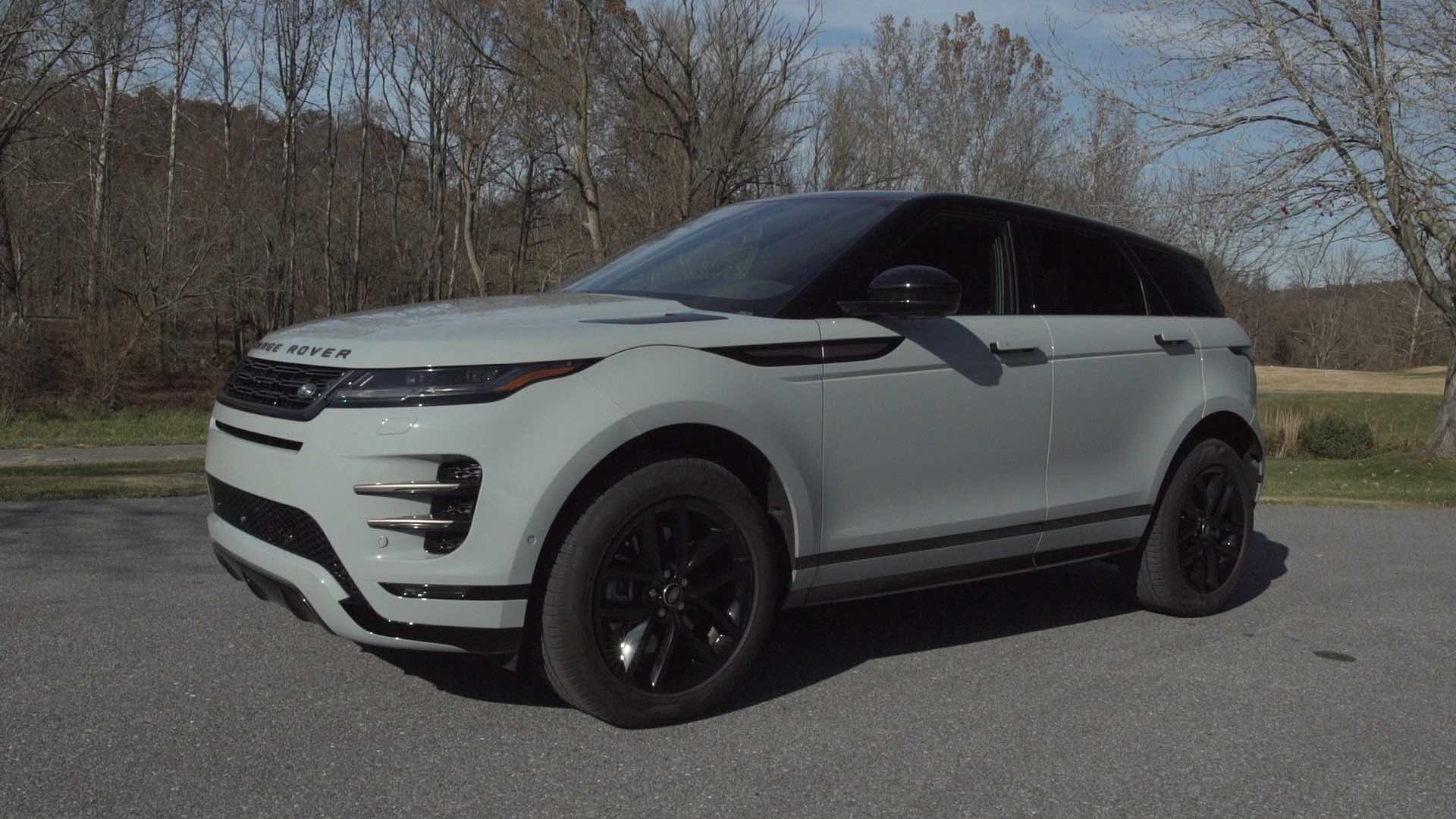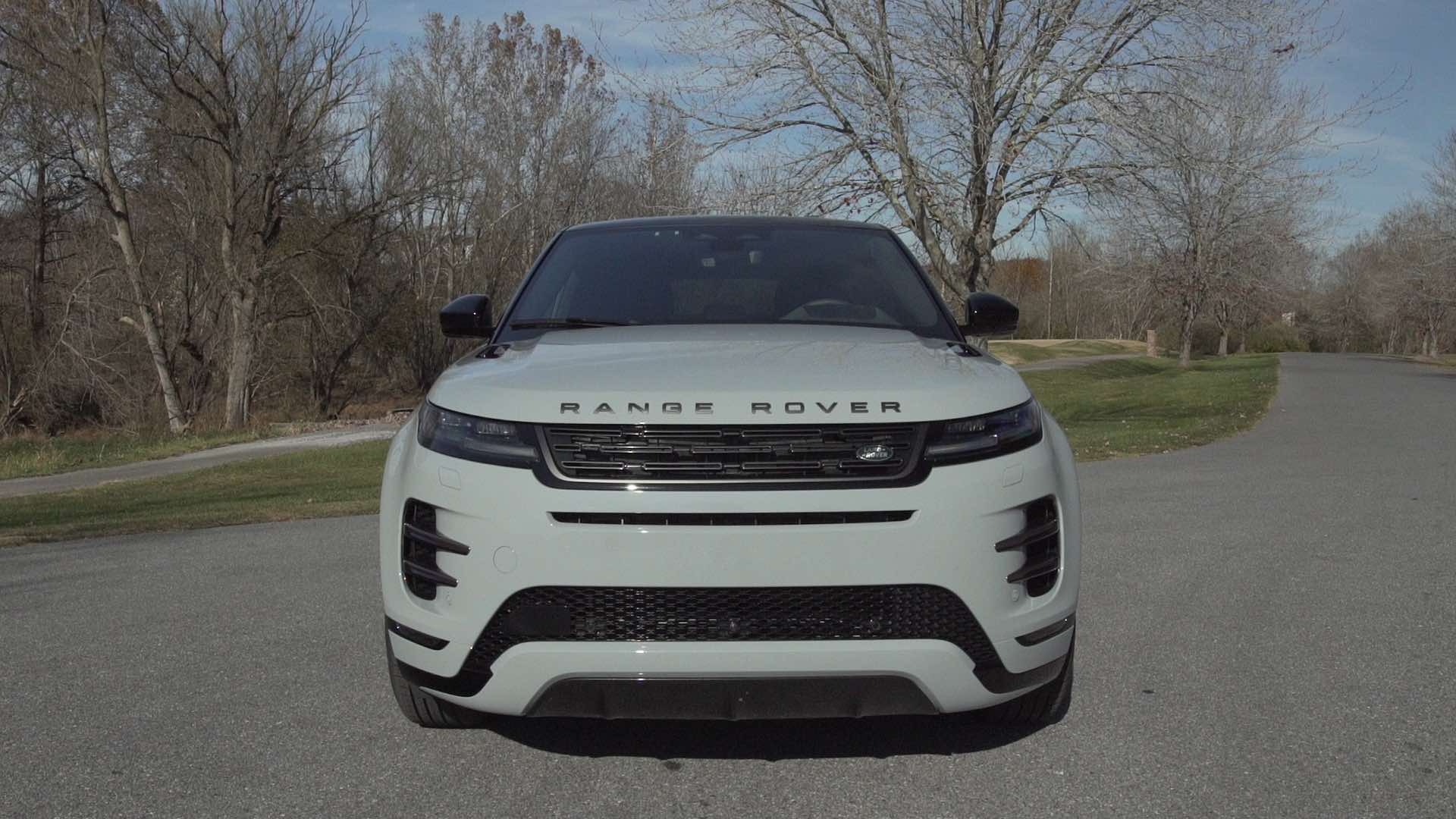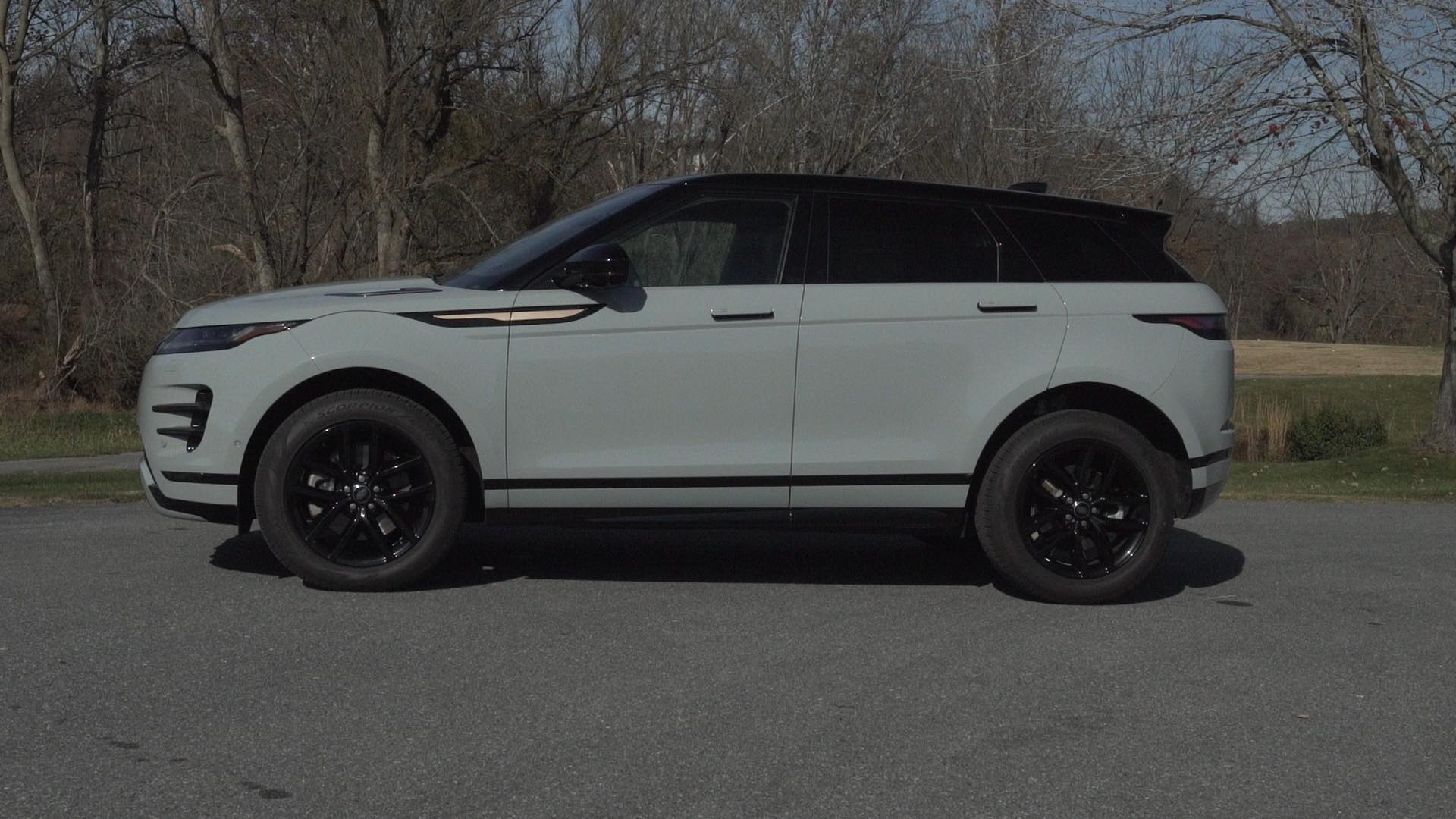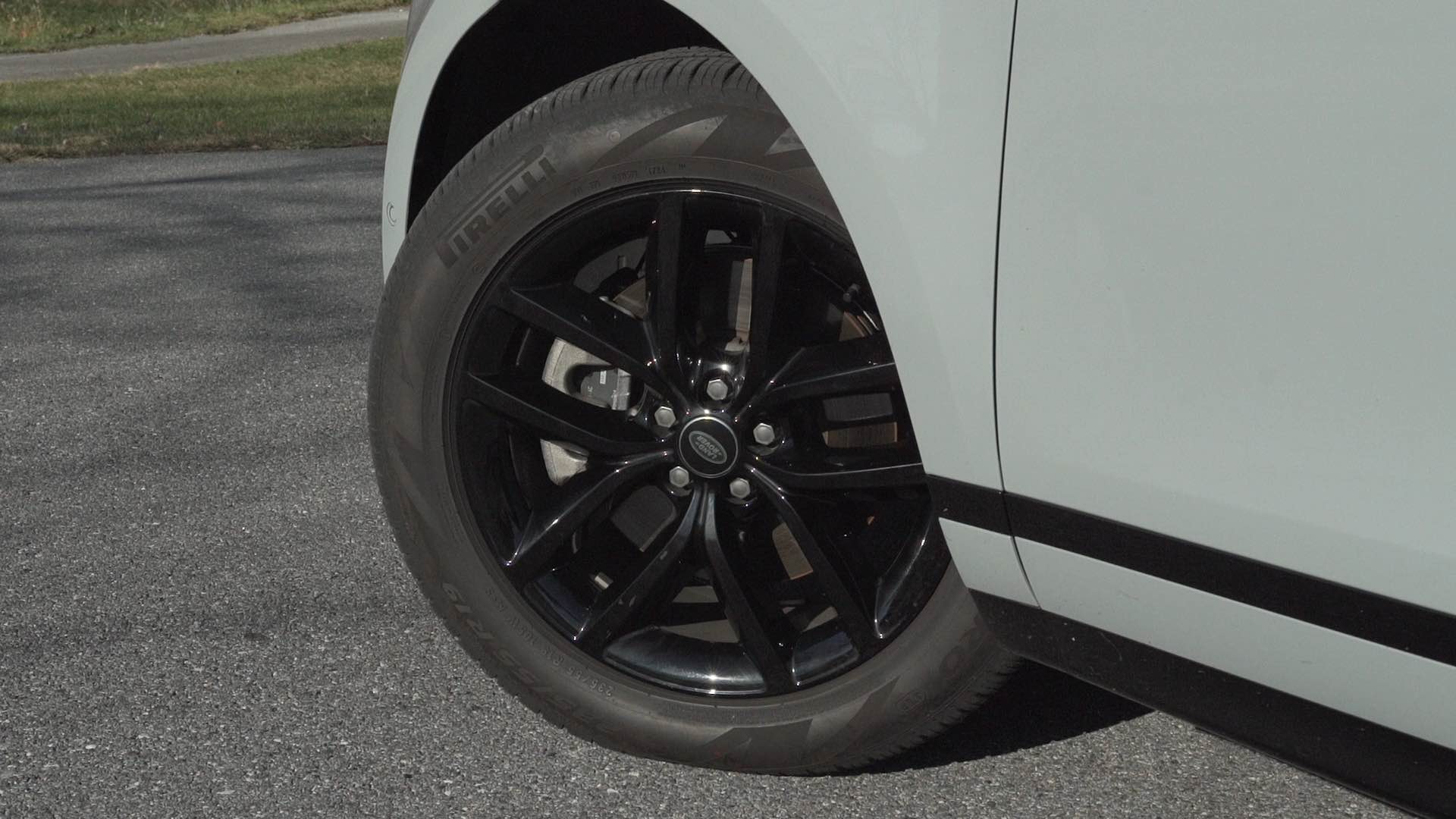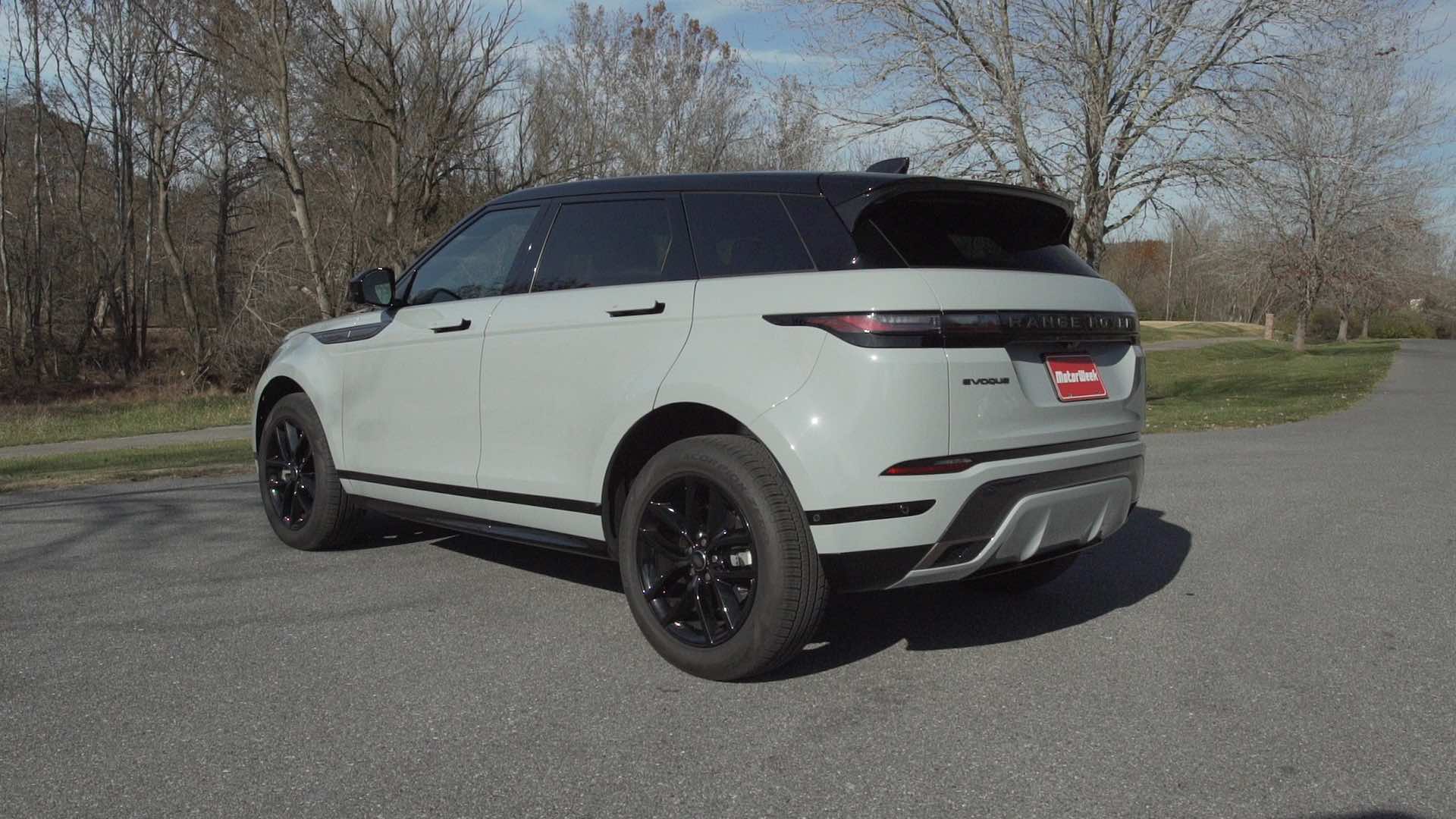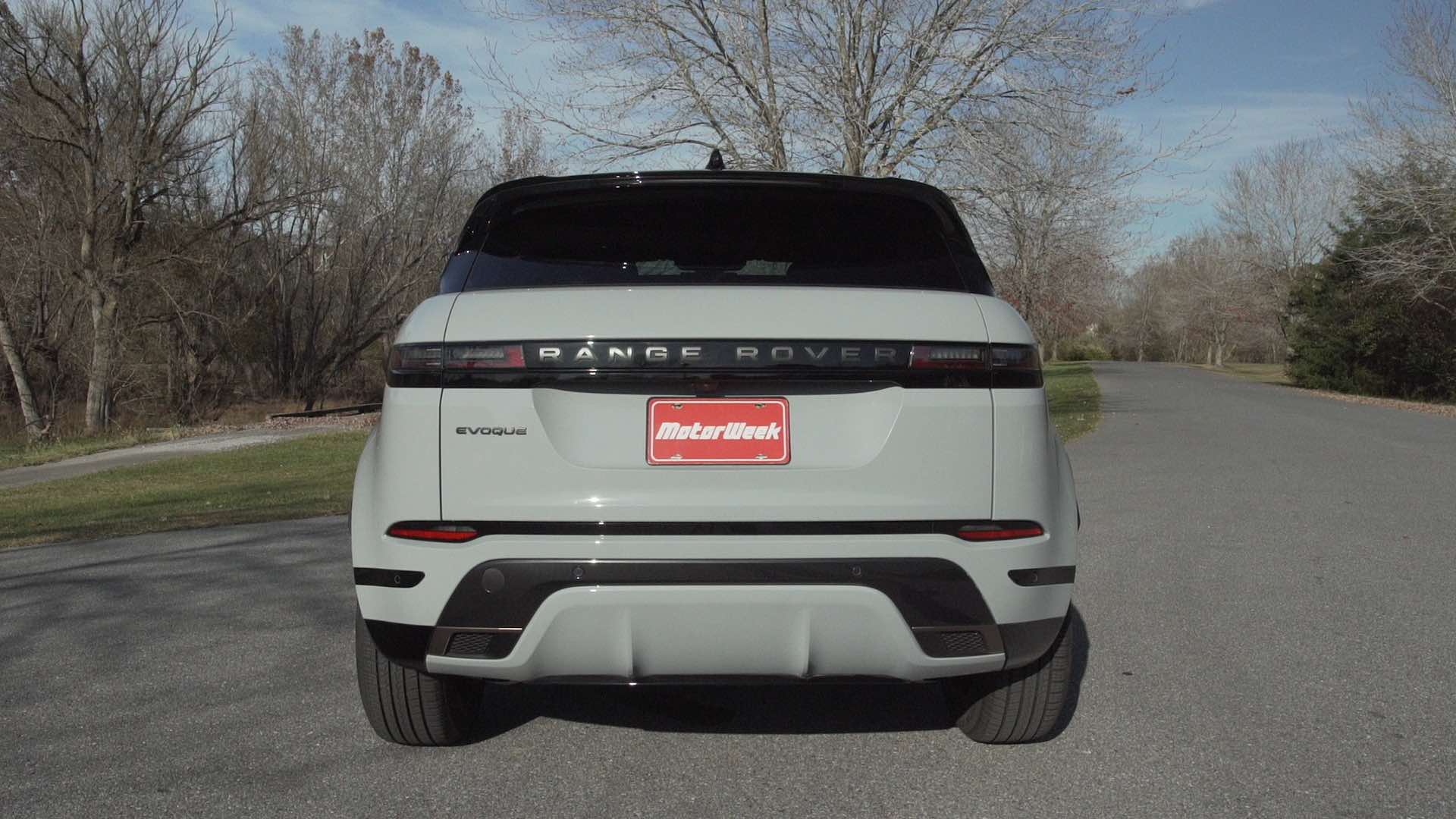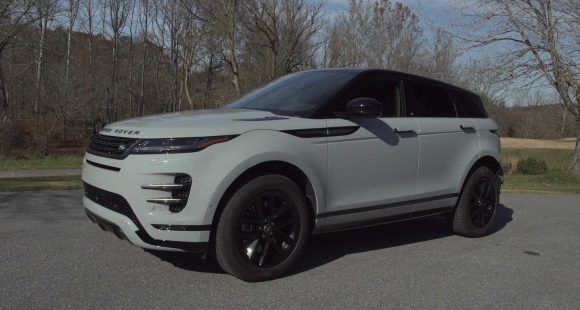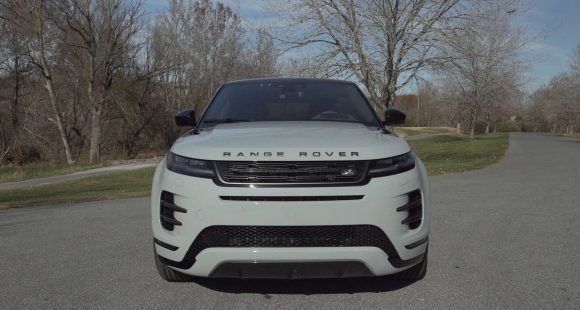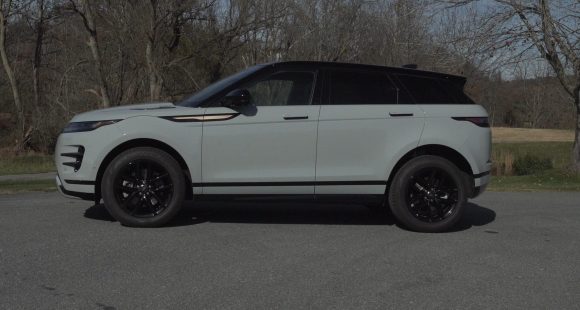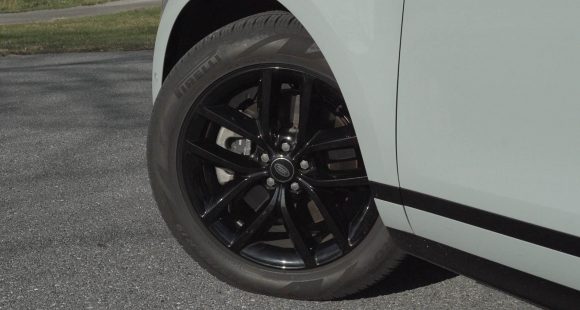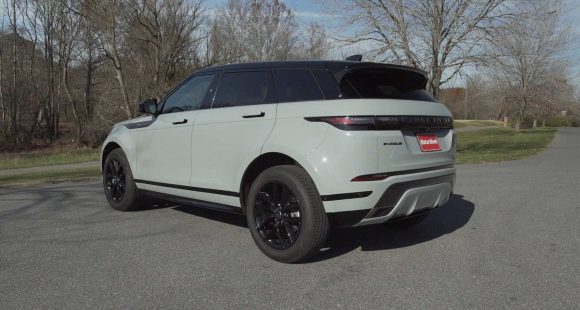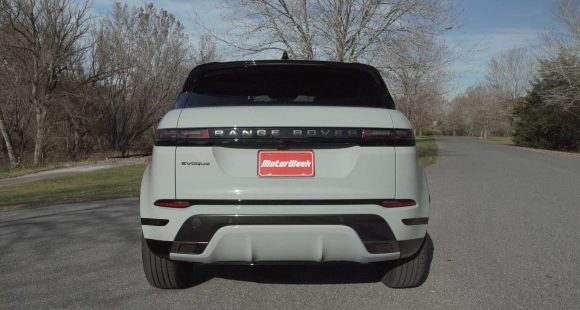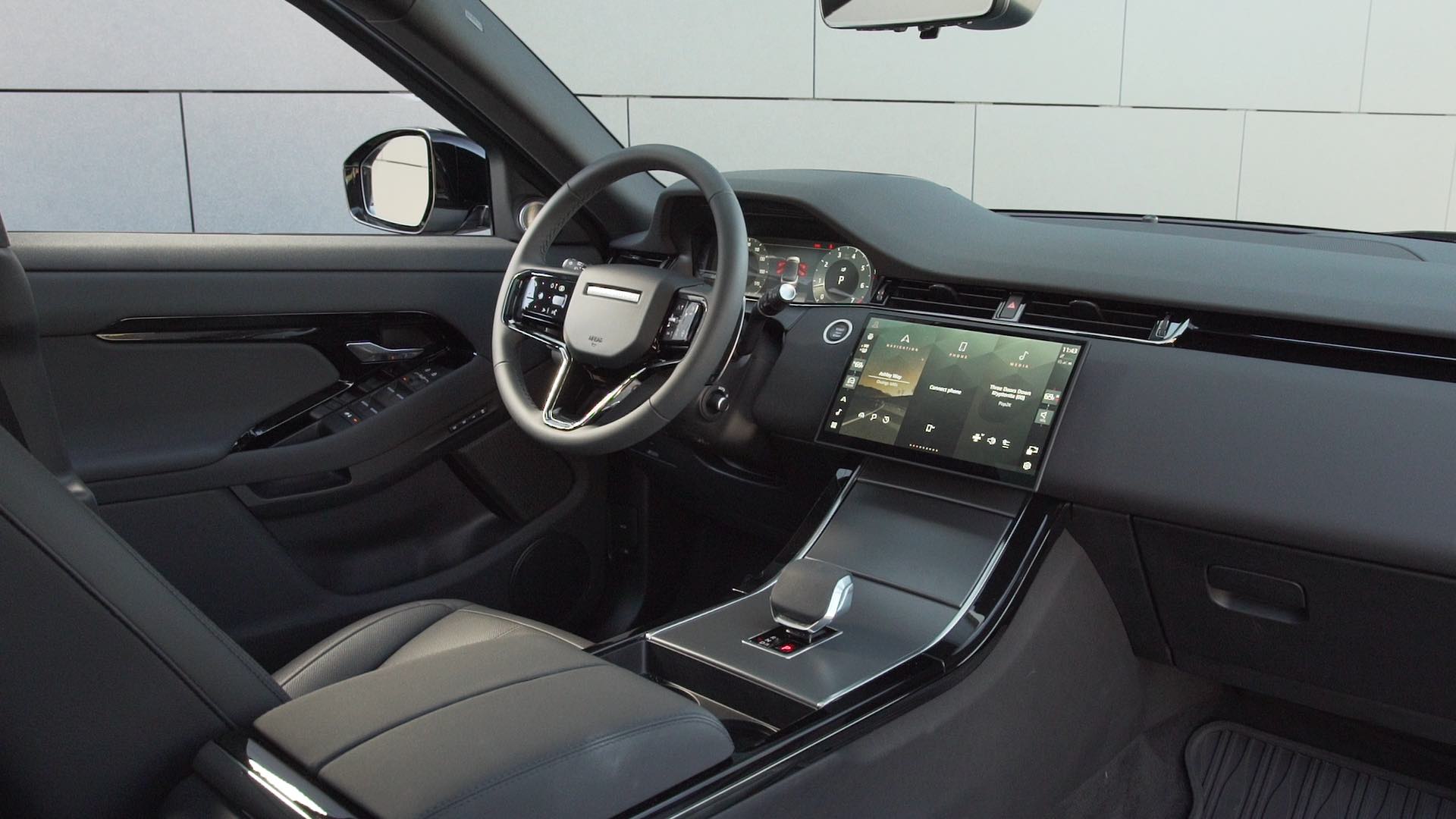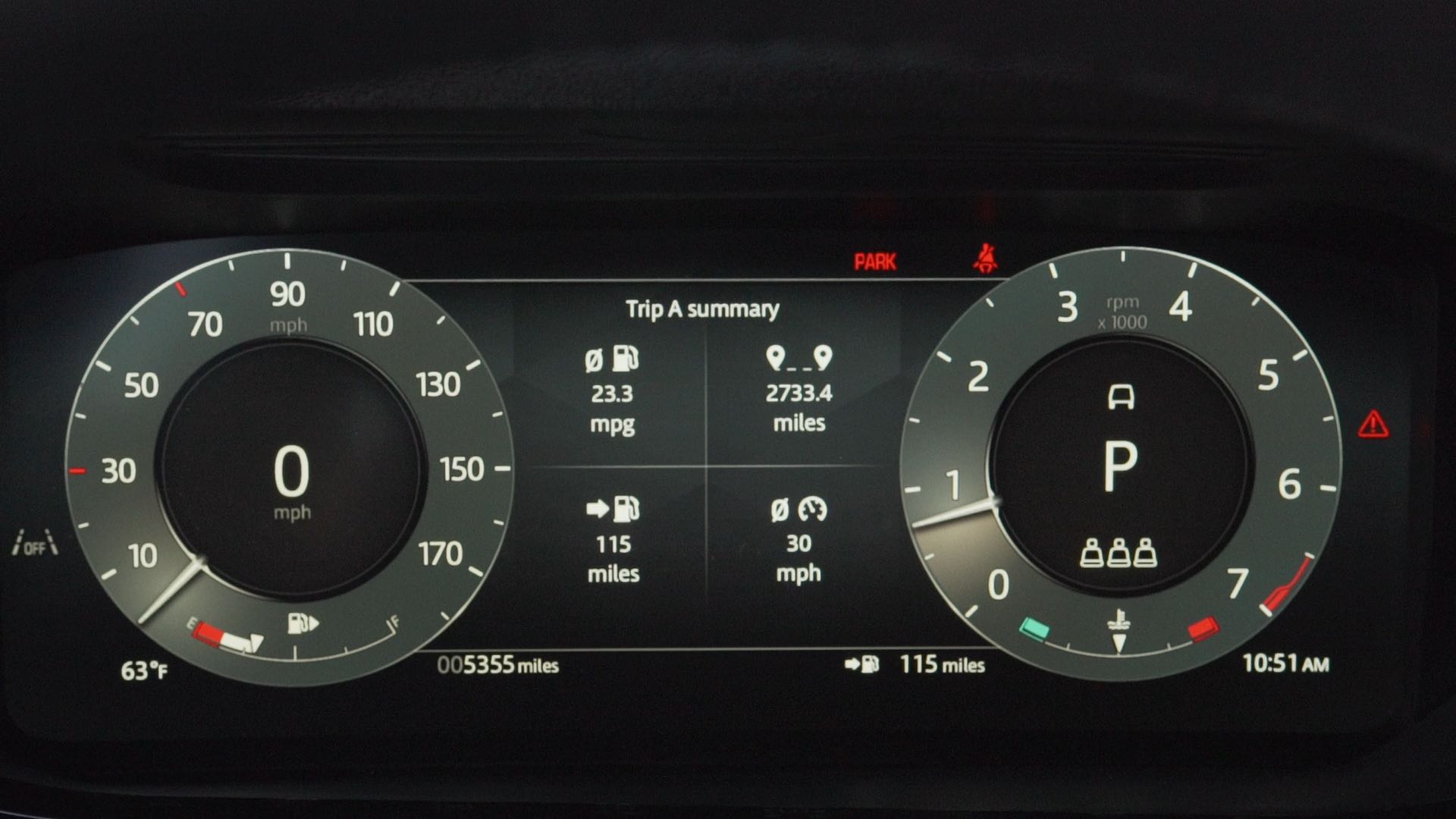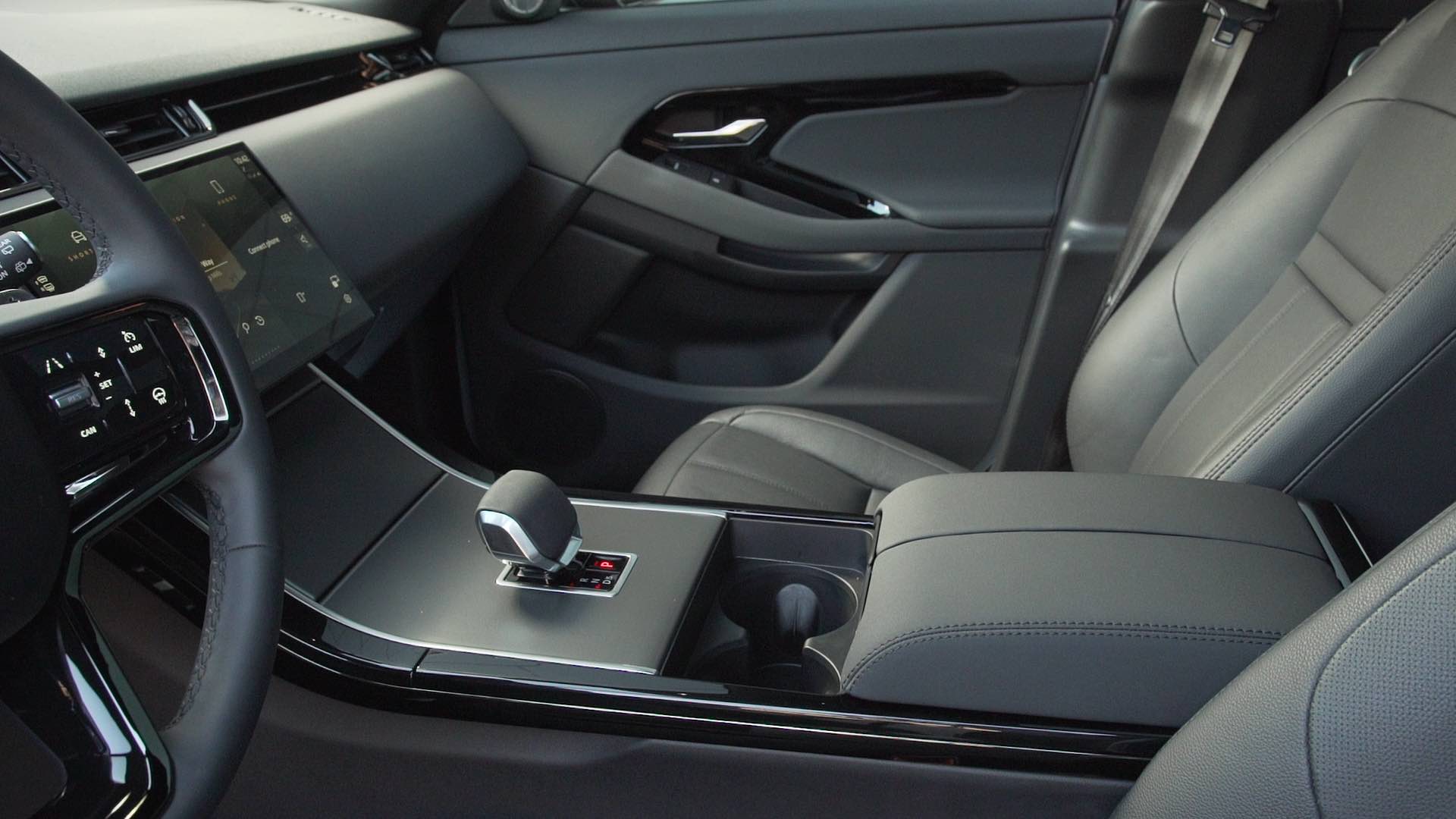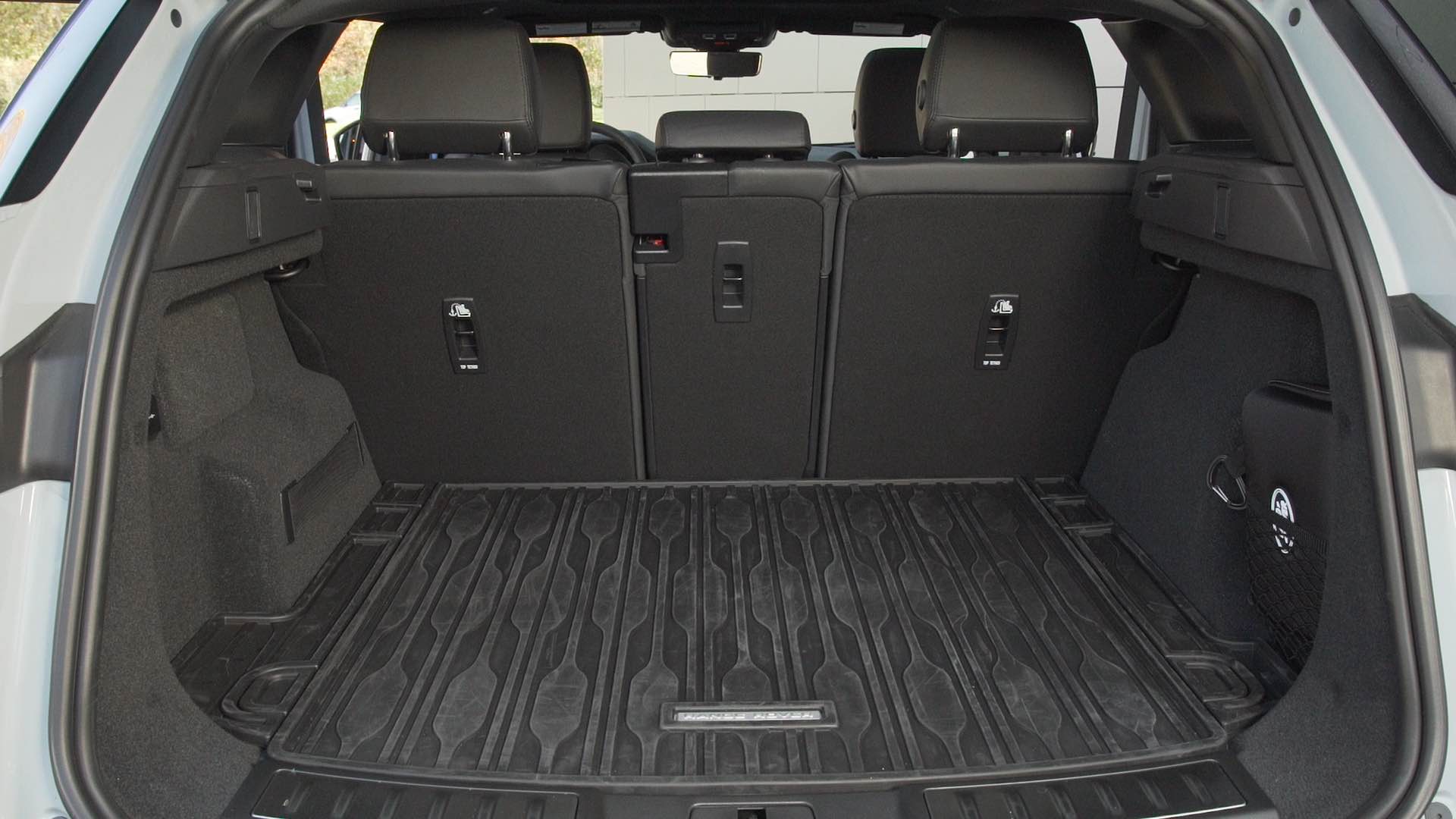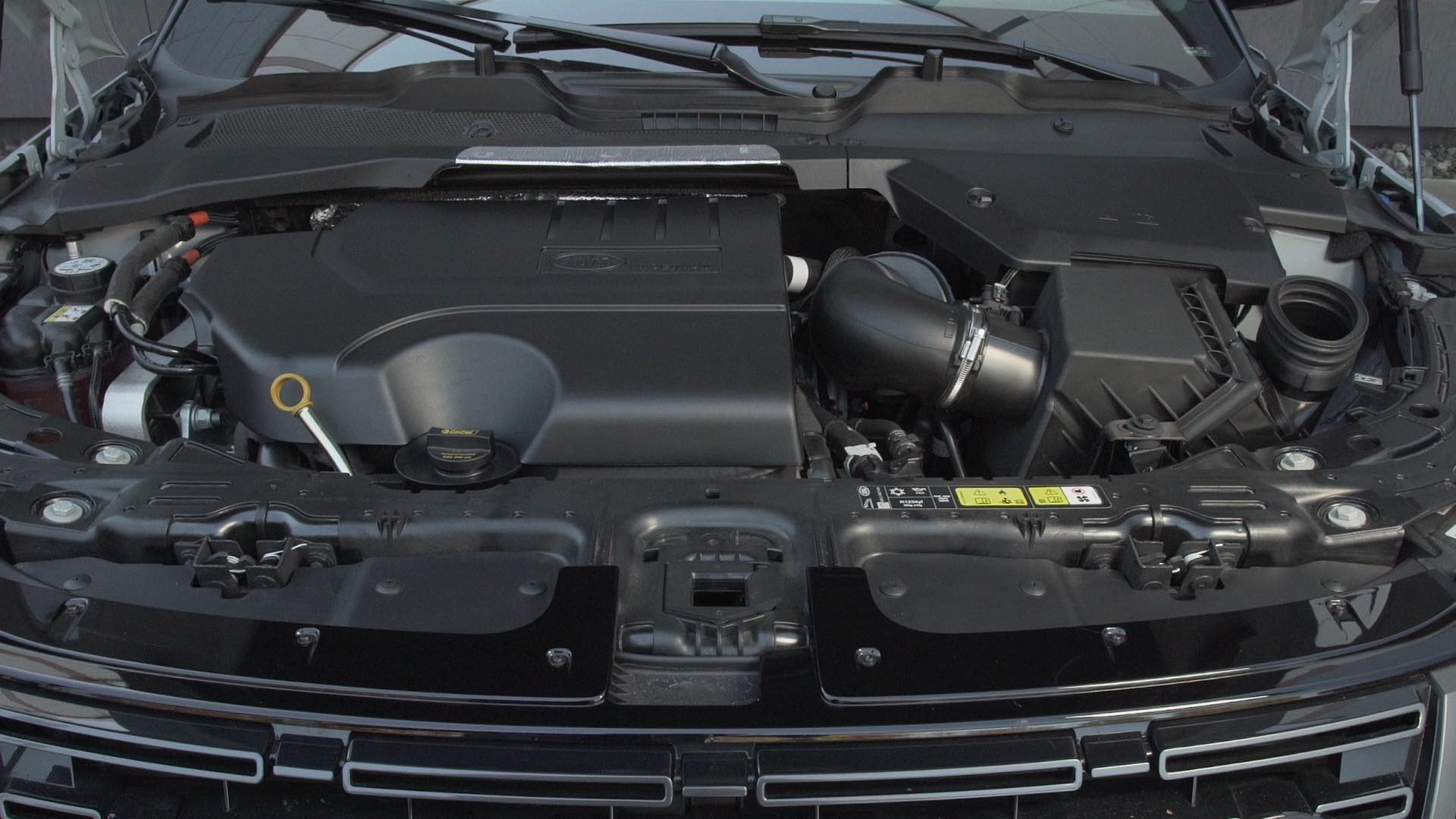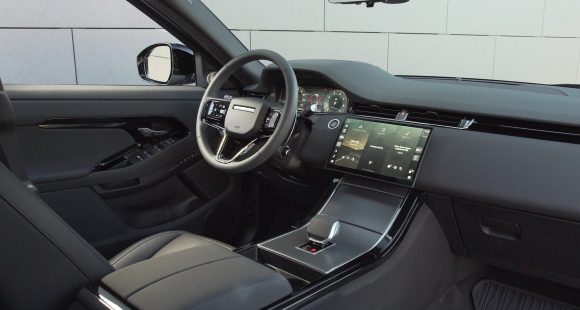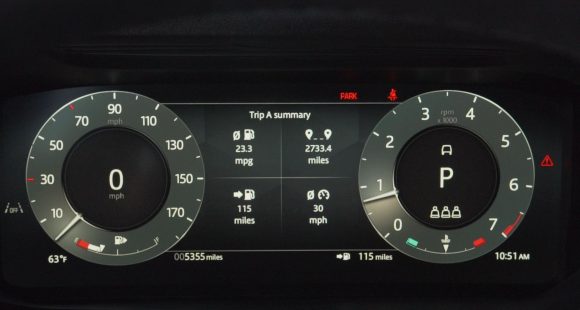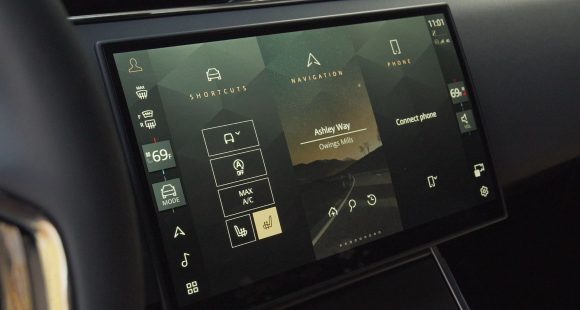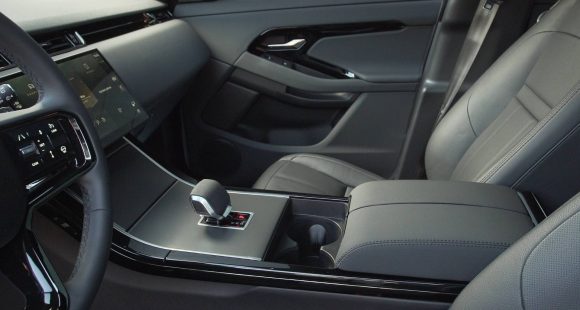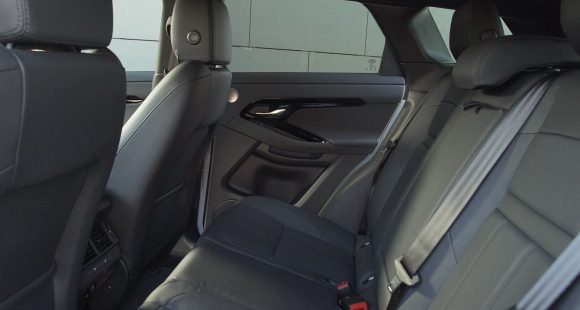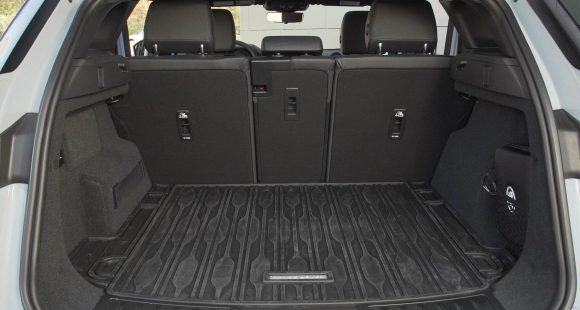2023 Alfa Romeo Stelvio Estrema
Alfa Romeo originally returned to the American market in 2008, but it was 2016’s Giulia sport sedan that marked the point in which they really got serious about selling cars in the US. And it was quickly followed up by the Stelvio SUV which has naturally become their best-selling model. So, what’s next? Well, it looks like Alfa is going to extreme measures to take the Stelvio to the next level.
The Alfa Romeo Stelvio arrived 5-years ago with a bang. Not only bringing a much welcomeD splash of Italian style to the small sporty luxury-minded crossover scene, but bringing the most power and highest performance we’d seen yet. For 2023, there’s a new option for buyers, the Alfa Romeo Stelvio Estrema AWD.
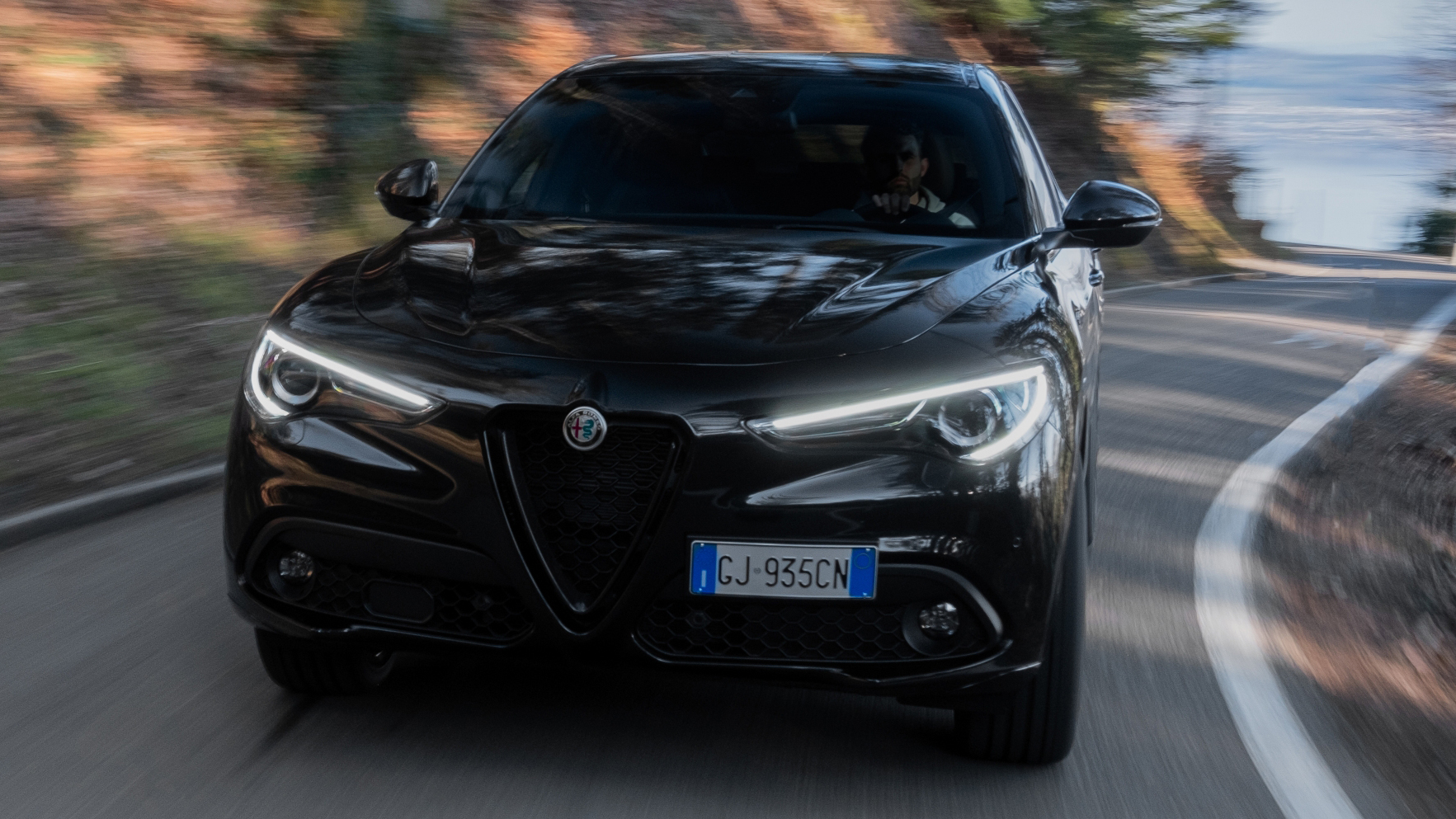 Starting with Veloce trim, the limited edition Estrema adds an adaptive suspension and limited-slip differential; essentially giving you some of the Quadrifoglio’s go-fast goodies without having to spend quite as much dough. It’s all integrated into their DNA drive mode setup, which Alfa says is tuned hand-in-hand with their Formula One team. The Estrema doesn’t get the Quad’s race mode, but Dynamic mode is quite aggressive; delivering a ride that’s about as firm as you’ll find in a production street vehicle. It can feel hyper, almost twitchy at times; seemingly unhappy tooling through commuter traffic, having higher speeds and freer flowing pavement on its mind.
Starting with Veloce trim, the limited edition Estrema adds an adaptive suspension and limited-slip differential; essentially giving you some of the Quadrifoglio’s go-fast goodies without having to spend quite as much dough. It’s all integrated into their DNA drive mode setup, which Alfa says is tuned hand-in-hand with their Formula One team. The Estrema doesn’t get the Quad’s race mode, but Dynamic mode is quite aggressive; delivering a ride that’s about as firm as you’ll find in a production street vehicle. It can feel hyper, almost twitchy at times; seemingly unhappy tooling through commuter traffic, having higher speeds and freer flowing pavement on its mind.
4 unique colors are available, including this Misano blue; and all Estremas get a new rear diffuser, unique 21-inch wheels, and additional black trim; plus, carbon fiber covers for the grille and side mirrors. They’ve added plenty of carbon-fiber inside as well; on the door panels, console, and dashboard; along with leather sport seats stitched up with the same red thread as the dash. All of the additions are well executed, and breathe new life into a space that was starting to look somewhat dated compared to the newest rivals.
Both rear seat space and cargo area at 18.5 cubic-ft. are tighter than most as well, though max capacity of 56.5 cubic-ft. compares better. Rounding out the list of upgrades in the Estrema are a dual-pane sunroof, wireless phone charging, and a 14-speaker Harmon Kardon audio system for cranking tunes.
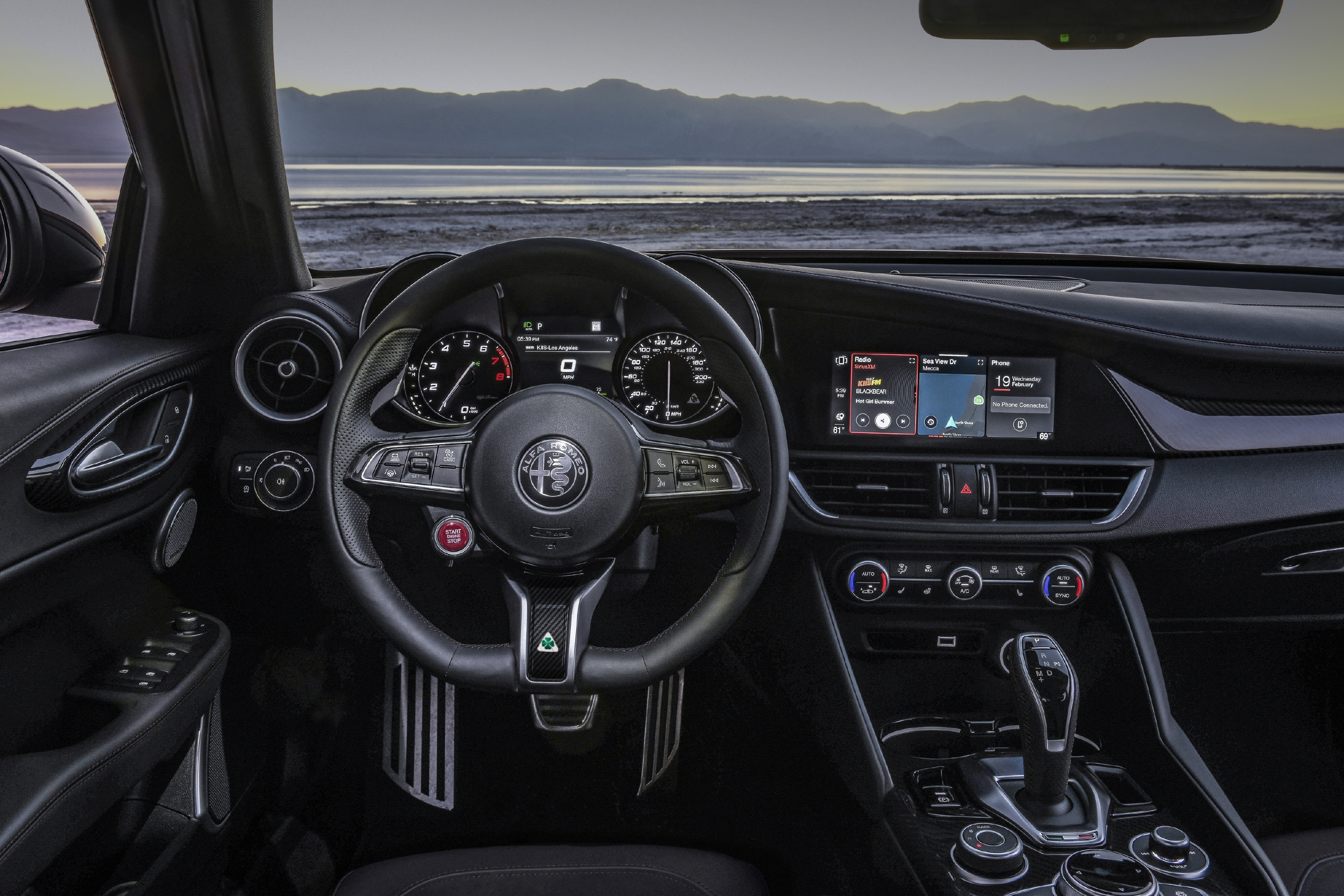 Cranking away under the hood is the standard Stelvio’s 2.0-liter turbo I4 engine. It may fall short of the Quadrifoglio V6’s 505-horsepower, but still pumps out an impressive 280-horsepower and 306 lb-ft. of torque to all four wheels through an 8-speed automatic transmission, which has some beefy aluminum paddle shifters mounted Italian style on the steering column.
Cranking away under the hood is the standard Stelvio’s 2.0-liter turbo I4 engine. It may fall short of the Quadrifoglio V6’s 505-horsepower, but still pumps out an impressive 280-horsepower and 306 lb-ft. of torque to all four wheels through an 8-speed automatic transmission, which has some beefy aluminum paddle shifters mounted Italian style on the steering column.
Unleashed at Mason Dixon Dragway, the Estrema, with its standard all-wheel-drive, has plenty of grip for a healthy launch; but from there, power delivery is more moderate than overwhelming, taking 6.3-seconds to hit 60. Shifts from the trans, whether triggered with those nice paddles or done automatically, are extremely smooth and barely noticeable. There’s not a lot of excitement inducing engine noise either, just a very calm and luxury-like cruise through the quarter in 14.5-seconds at 95 miles-per-hour.
Everything took a turn for the better when we turned through the cones of our handling course. Here is where this utility vehicle really shines, feeling absolutely great when it comes to handling performance. That ultra-firm suspension and hyper nature of Dynamic mode helps this Stelvio feel more like a sport sedan than just about anything else in the crossover world. Very little body roll, virtually no understeer or oversteer, and the perfect amount of feel through the steering wheel, made for an incredibly precise, spirited, predictable, and fun run through the cones.
 Brakes are by Brembo, but they’re not Quadrifoglio spec., and we felt substantial ABS pedal pulsing. Still, stops from 60 took only 113-feet; consistently staying straight and true, with only moderate nosedive.
Brakes are by Brembo, but they’re not Quadrifoglio spec., and we felt substantial ABS pedal pulsing. Still, stops from 60 took only 113-feet; consistently staying straight and true, with only moderate nosedive.
Government Fuel Economy Ratings are 22-City, 28-Highway, and 24-Combined. We averaged a spot-on 24.2 miles-per-gallon of Premium. Making for an average Energy Impact Score, using 12.4-barrels of oil yearly, with 6.0 tons of CO2 emissions.
Stelvio pricing begins at $48,170, and for that, you’ll get the same engine found here in the Estrema. It’s starting price of $60,920, slots it well below the top Quadrifoglio, yet gives you a healthy dose of its performance.
So, whether you call it style, character, panache; the 2023 Alfa Romeo Stelvio Estrema has it by the boat load; giving you a perfect option for increased handling performance without having to break the bank. It’s still beautiful to look at, unique to see out on the road, and now even more fun to drive on that road than ever!
Specifications
- Engine: 2.0L Turbo I-4
- Horsepower: 280
- Torque: 306 lb-ft
- 0-60 mph: 6.3 seconds
- 1/4 Mile: 14.5 seconds at 95 mph
- 60-0 Braking: 113 feet (avg)
- EPA: 22 City / 28 Highway / 24 Combined
- MW Fuel Economy: 24.2 mpg (Premium)
2025 Land Rover Range Rover Evoque
Baby Rover Continues To Evolve
When most people hear “Range Rover” they tend to think of high class, high performance and high dollars. But, Range Rover does the entry-level thing quite well too with this Evoque. It has plenty of posh attitude, along with some recent updates. So, let’s see how the Evoque continues to evolved.
Our involvement with the Land Rover Range Rover Evoque’s evolution began when this small utility first arrived for 2012. It looked more Spice Girl than Tough Mudder, but it packed a surprising amount of capability into its subcompact dimensions. This second gen arrived for 2020, and has gained recent updates at the most likely midway point in its lifecycle.
Intrigued but not necessarily enthused could probably best describe our history with the Evoque, but Land Rover always has a way of drawing us in with very tasteful designs. They pretty much got this one right back in 2020, so styling revisions are largely limited to new Pixel LED headlights and a reshaped front fascia. There’s also new super-red signature lighting in back, all of it done to bring the Evoque more in line with the rest of the Range Rover family.
And like all of its siblings, all-wheel drive is standard and it does have Terrain Response 2 with specific off-road modes, but no one’s expecting to see a lot of Evoques out on the trail, unless there’s a new Lululemon Outlet at the other end of it having a killer sale.
Land Rover has once again taken the P300 296-horsepower version of the Evoque’s 2.0-liter turbo-four out of the lineup, leaving just the standard 249-horsepower version under the clamshell hood. No complaints from us, its 269 lb-ft of torque is more than adequate to move this 3,900 lb. ute around.
And at Mason Dixon Dragway, it moved us to 60 mph in 7.7 seconds. There was plenty of traction off the line, and while not overwhelming, power feels plentiful, staying very consistent down the track. Gearchanges in the Evoque’s nine-speed automatic transmission were quick and smooth, barely a blip in the process as we finished the quarter-mile in 16 seconds flat at 85 mph. Plenty quick for a compact utility with luxury intentions.
[It maneuvered] with a substantial presence that not too many small utilities have.
It felt quite good through our handling course too, with a substantial presence that not too many small utilities have. The Evoque uses selective braking to torque vector power between all four wheels, and it enabled us to cruise through the cones quickly without any excessive understeer or oversteer. There was some nosedive during our panic braking test, but the brakes were very responsive and strong enough to bring us to a halt in a short 115 feet from 60.
But, it’s the inside experience that really matters with any luxury vehicle, particularly in a Range Rover. And here things look more high-end Swedish than Tudor or Victorian, with a minimalist cabin design that’s way more visually appealing than practical. There’s real leather covering just about everything, and what appears to be just a tablet stuck in front of the dash is a new 11.4-inch touchscreen. Not only are the inner workings much faster than the previous infotainment setup, but the entire interface of this Pivi Pro system is vastly better than the split screen approach of before.
The center console that leads up to it appears much less cluttered and frees up some additional space for storage. The shifter is still here, but it has gotten much smaller. Front seat space and comfort remain high, though rear seat room is still very tight for adults. Cargo space is not bad for a small utility, with room for 21.6 cu-ft. of gear in the hold, which expands with 40/20/40 split-folding seatback flexibility to 50.5 cu-ft.
Government Fuel Economy Ratings are 20 City, 27 Highway, and 22 Combined. That’s an average Energy Impact Score, using 13.5 barrels of oil annually, with CO2 emissions of 6.6 tons.
Land Rover has been paring things down in the Evoque lineup for years, no longer offering a two-door version or the convertible, and now have simplified things even further to just the P250 available in only two trims: S, which stickers for $51,175, and Dynamic SE, which starts at $56,375; but you can add just about every package available and still come in right around $60,000.
Luxury-minded utility vehicles are coming at us from all angles these days, but the 2025 Land Rover Range Rover Evoque is a bit unique in that it remains as sort of a cheat code for sneaking you into the Range Rover VIP experience. You’ll feel like you’re getting away with something every time you drive it.
Specifications
As Tested
- Engine: 2.0-liter turbo-four
- Transmission: 9-speed automatic
- Horsepower: 249
- Torque: 269 lb-ft
- 0-60 mph: 7.7 seconds
- 1/4 Mile: 16 seconds at 85 mph
- Braking, 60-0 (avg): 115 feet
- EPA: 20 City | 27 Highway | 22 Combined








